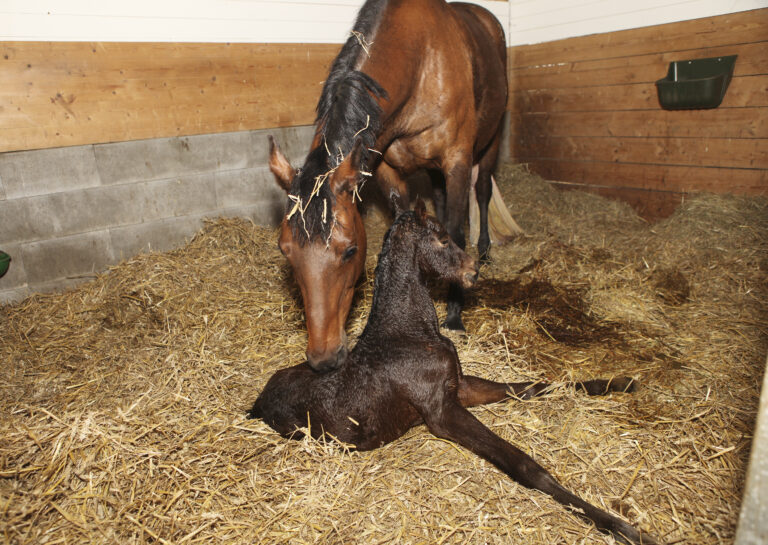
Treatment of chronic, non-granulating wounds on the distal limbs can be frustrating. An Egyptian study examined different treatments on similar-sized, incompletely granulated distal limb wounds in 18 healthy, adult horses, aged 3-15 years [Helal, I.E.; Al-Abbadi, H.A.; et al. Enhancement of chronic wound healing with maltodextrin/ascorbic acid gel: a clinical evaluation of distal limb wounds in horses. J Anim Sci Technol Sept 2022, vol 64 (5), pp. 997-1007; DOI: https://doi.org/10.5187/jast.2022.e52 (https://doi.org/10.5187/jast.2022.e52)].
Six horses participated in each of the three groups. The researchers initially debrided all wounds as necessary and irrigated with normal saline. Then they dressed the wounds differently and covered them with a non-adherent, non-occlusive dressing and cohesive elastic bandages.
- Group 1 served as controls and were dressed with 1% povidone-iodine solution.
- Group 2 wounds were dressed with maltodextrin/ascorbic acid gel (MultidexR by DeRoyal).
- Group 3 wounds were irrigated first with 1% povidone-iodine solution followed with a maltodextrin/ascorbic acid gel dressing.
Researchers measured and photographed wounds at each step. They did not use antimicrobials or NSAIDs to manage the wounds.
All wounds filled with healthy granulation tissue:
- Group 1 in 9-16 days;
- Group 2 in 7-12 days; and
- Group 3 in 7-10 days.
None developed exuberant granulation tissue or any adverse side effects.
Role of Maltodextrin/Ascorbic Acid Gel in Horse Wound Healing
Wound contraction occurred most quickly in Groups 2 and 3 compared to the controls. Group 3 experienced faster epithelialization rates and the fastest healing time where the wound was irrigated with povidone-iodine followed by application of maltodextrin/ascorbic acid gel.
The authors conclude that Group 3 had a higher total wound healing percentage by second intention than Group 2 or the control groups: Group 1 = 79%; Group 2 = 89%; and Group 3 = 95%.
Take-Home Message
In conclusion, using maltodextrin/ascorbic acid gel with or without 1% povidone-iodine enhanced granulation tissue formation and epithelialization of non-granulating, chronic wounds of the distal limbs.








